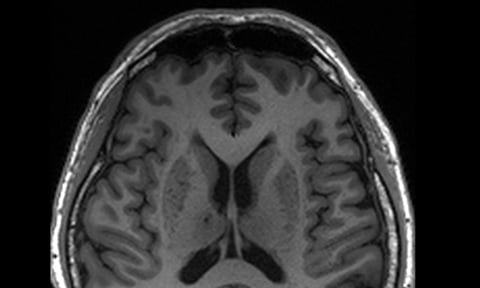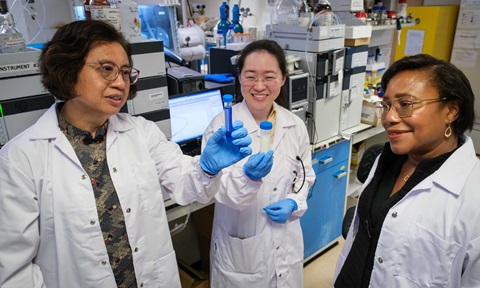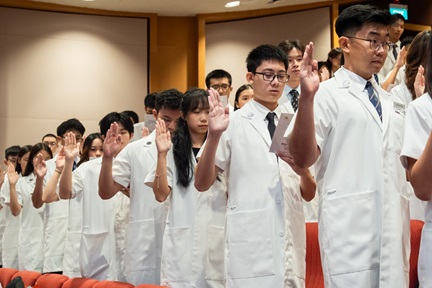Only 1 in 10 suicide prevention apps cover all the recommended strategies, NTU Singapore study finds
International guidelines from the UK, US and the World Health Organisation (WHO) recommend six evidence-based strategies for preventing suicide
Most (93 per cent) mobile apps for suicide prevention and depression management do not provide all the six suicide prevention strategies that are commonly recommended in international clinical guidelines, a study led by Nanyang Technological University, Singapore (NTU Singapore) has found.
International guidelines from the UK, US and the World Health Organisation (WHO) recommended evidence-based strategies for preventing suicide include: the tracking of mood and suicidal thoughts, development of a safety plan, recommendation of activities to deter suicidal thoughts, information and educational articles on signs of suicidality, access to support networks, and emergency counselling.
The majority of the apps surveyed in the study provided emergency contact information and direct access to a crisis helpline but the team led by Associate Professor Josip Car from the Lee Kong Chian School of Medicine (LKCMedicine) at NTU Singapore found that less than one in ten provided the full set of strategies for suicide prevention.
Most apps included at least three suicide prevention approaches, most commonly emergency contact information (94 per cent of apps tested), direct access to a crisis helpline (67 per cent) and suicide-related education (51 per cent).
“Some patients may feel more at ease discussing their mental condition online than in person,” said Assoc Prof Car, who is Director of NTU’s Centre for Population Health Sciences.
“They also consider the internet accessible, affordable and convenient. With the high rates of smartphone use around the world, health apps can be a crucial addition in the way users manage their health and wellbeing on a global scale. However, for this to become a reality, health app development and release should follow a transparent, evidence-based model,” he added.







